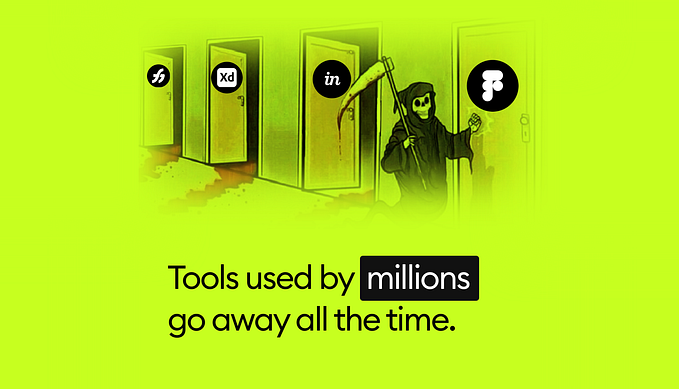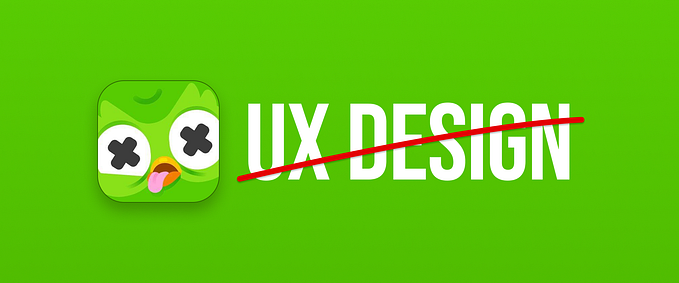Generative research: what, when and why?
Hello there, it’s been a while since I’ve written something on Medium. I am a UX designer turned researcher with over 7 years of industry experience.
When UX people join new organizations we always ask for an existing product or UX documentation to get a general understanding of the product, users, and the research that has been done to know what has been done and what had to be done.
What if there is no supporting information?
How do you know what problems you are trying to solve?
What if a target user hasn’t been defined? How do you get started then?
Meet generative research
What?
Developing a deeper understanding of your users to find opportunities for solutions and innovation. You can call it Discovery Research, Problem-Space Research, Foundational Research, Exploratory Research, or Customer Interviews. But the goal is always the same.
There are various research methods that we can use to gather data. Generative research helps you when we don’t even know what problem to solve for our customers. It involves learning about who the users are, what they do, how they do it, why they do what they do in a particular way, what frustrates them, what makes them happy, in what contexts they take an action, etc.
When?
If an organization is product-centric rather than user-centric — acting as if the user revolved around our product, rather than the other way around.
Why?
Direct collaboration with users allows you to uncover the mindset of people regarding a specific problem and later translate it into a feasible solution. Users are no longer perceived as passive consumers, instead, they actively participate in the design process of a product.
Generative research tells us why people are doing things and what they are thinking in a given moment. It takes us out of the product and into the lives of the people we are trying to help. We can easily get stuck in a box when we think about a product, and, with that, we can become quite short-sighted. We only think about things within the product, instead of the greater impact.
Generative research helps us break those boxes to come up with a truly delightful and helpful solution to a user’s problems. Instead of starting with a solution, and trying to work backward, you are entering from the problem-space.
How to initiate a generative study of your customers
Phase:1
Start it with simple user interaction sessions and try to understand their story with the product. Pick from how their day starts, where they start using your product, how do they feel while using it and what are their emotions on the go.once you have a handful of user stories to analyze, look for trouble makers of their experience. And these will be your areas of focus for the next level of research.

Phase:2 Emphasise on Empathy
As you now know the areas to focus — develop research plans to dig deep into the problems. Your research objectives should address what you want to learn and how are you going to study the problem statement.
- Understand how and why users are currently behaving
- Discover users’ motivations behind behaviors, both inside and outside of the website/app
- Uncover other websites/apps
- Learn about any pain points users are encountering during their process, and how are they overcoming them
Phase:3 Synthesizing generative/exploratory research
It is time to pull all of the information together and spot different trends and patterns in the data. We do this by synthesizing the data and what that really means is bringing together all of the data you collected and the notes you took.
Phase:4 Presenting generative research in an actionable way
After synthesis, we have to present our research. One of the worst things you can do after a generative research project wrap-up is to share a report via email and then let it collect dust in a digital folder somewhere.
Instead, present your research to your colleagues and allow them to ask any questions. Catering your research reports to your audience is the number one way to get people to actually pay attention to your research synthesis. Not everyone finds the research as exciting as you do. Leave them with just enough to understand, and then guide them towards resources that enable them to learn more, on their own time. It doesn’t matter how good the findings are if you aren’t able to communicate them effectively with your team.
Generative research helps define the problem under consideration. This type of research is conducted at the very beginning of the product cycle when we don’t even know what problem to solve for our customers. The purpose is to be able to formulate a problem to solve and be halfway sure that this is a relevant problem.
Of course, here the customers do not tell us their problems, we need to synthesize them, detect and understand patterns and get our own pattern and detect a problem to be solved. We do not yet have a clue about the solution.








